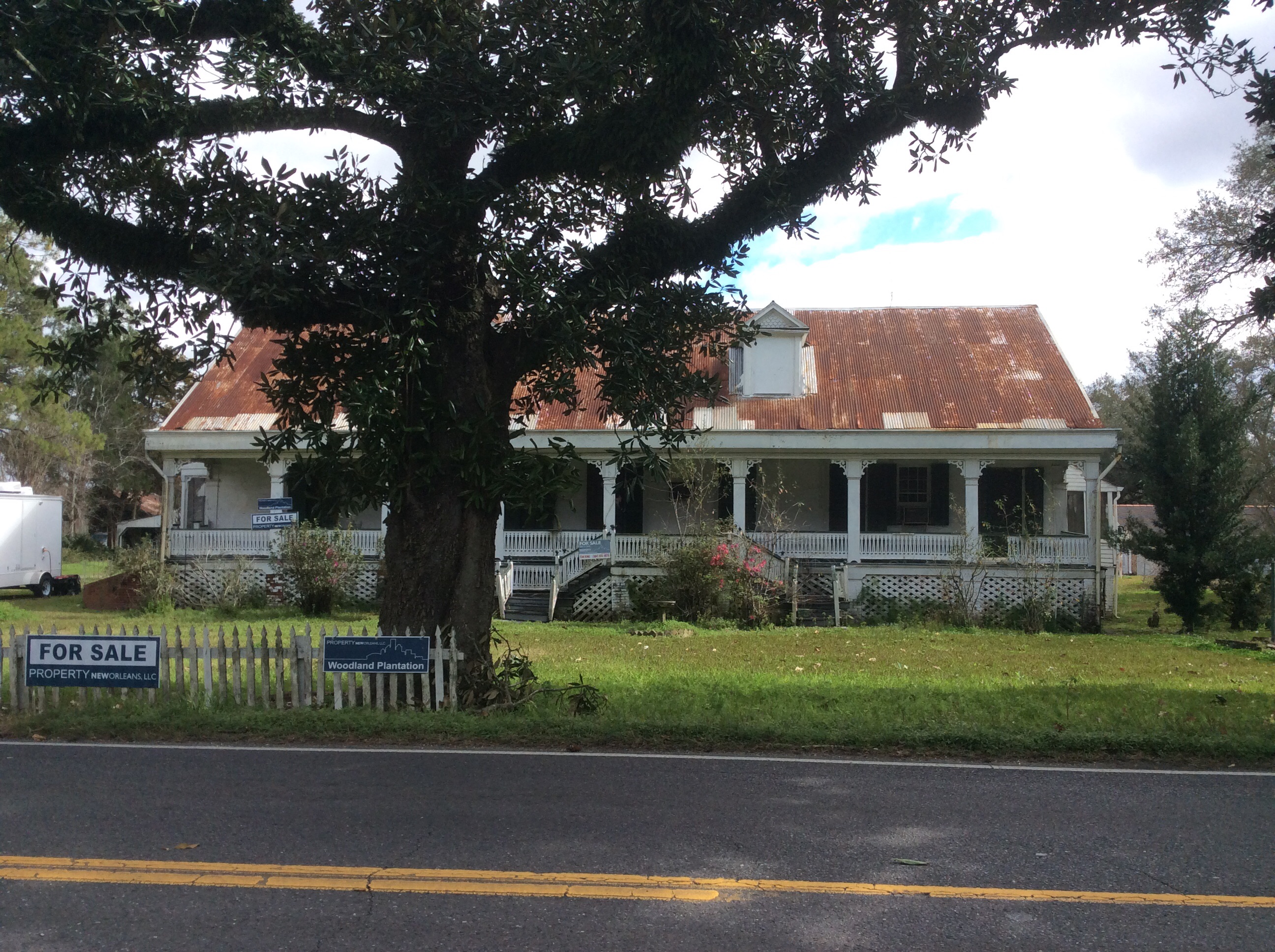Growing up in Louisiana, on the West Bank of the Mississippi River, Jocyntia “Jo” Banner and her sister Joyceia “Joy” Banner learned about the 1811 revolt by enslaved people from their grandmother. Their matriarch said the heads of those who rebelled and fought for their freedom were cut off and put on stakes along the Mississippi River. The story, Banner said, had been passed down in her family from generation to generation through oral tradition, but it’s not just folklore.
Reports of heads severed and spiked to serve as a warning to any who dreamt of liberation from oppression are recorded in articles in Smithsonian Magazine, The Guardian, The Times-Picayune and a piece written by Louisiana historian Leon A. Waters for the Zinn Education Project.
The 1811 revolt began at the Woodland Plantation in LaPlace, Louisiana. Charles Deslondes and about 25 other enslaved people attacked Manuel Andry and his son, killing the son. As they marched toward New Orleans, enslaved people from other plantations joined them, with the crowd of rebels growing to more than 500. The group was stopped by the military and captured. Some were put on trial and executed.
“They were freedom fighters,” Jo Banner said of the 1811 revolt participants. “They were trying to save their lives and the lives of their family.”
And now the Banner sisters are working to save their history as the new owners of that plantation that was home to what has been described as the largest uprising of enslaved people in American history.
During the last few years, the Banners had been in talks with the owner of the Woodland Plantation, Timothy Sheehan, about the importance of preserving Black history in the River Parishes, Jo Banner said. In 2023, Sheehan contacted the Banner sisters and told them he planned to put the property up for sale and asked if they were interested in purchasing it.
According to records in the St. John the Baptist Parish Clerk of…
Read the full article here



